That seventies show: Francesco Vezzoli delves into the archives of Italian TV
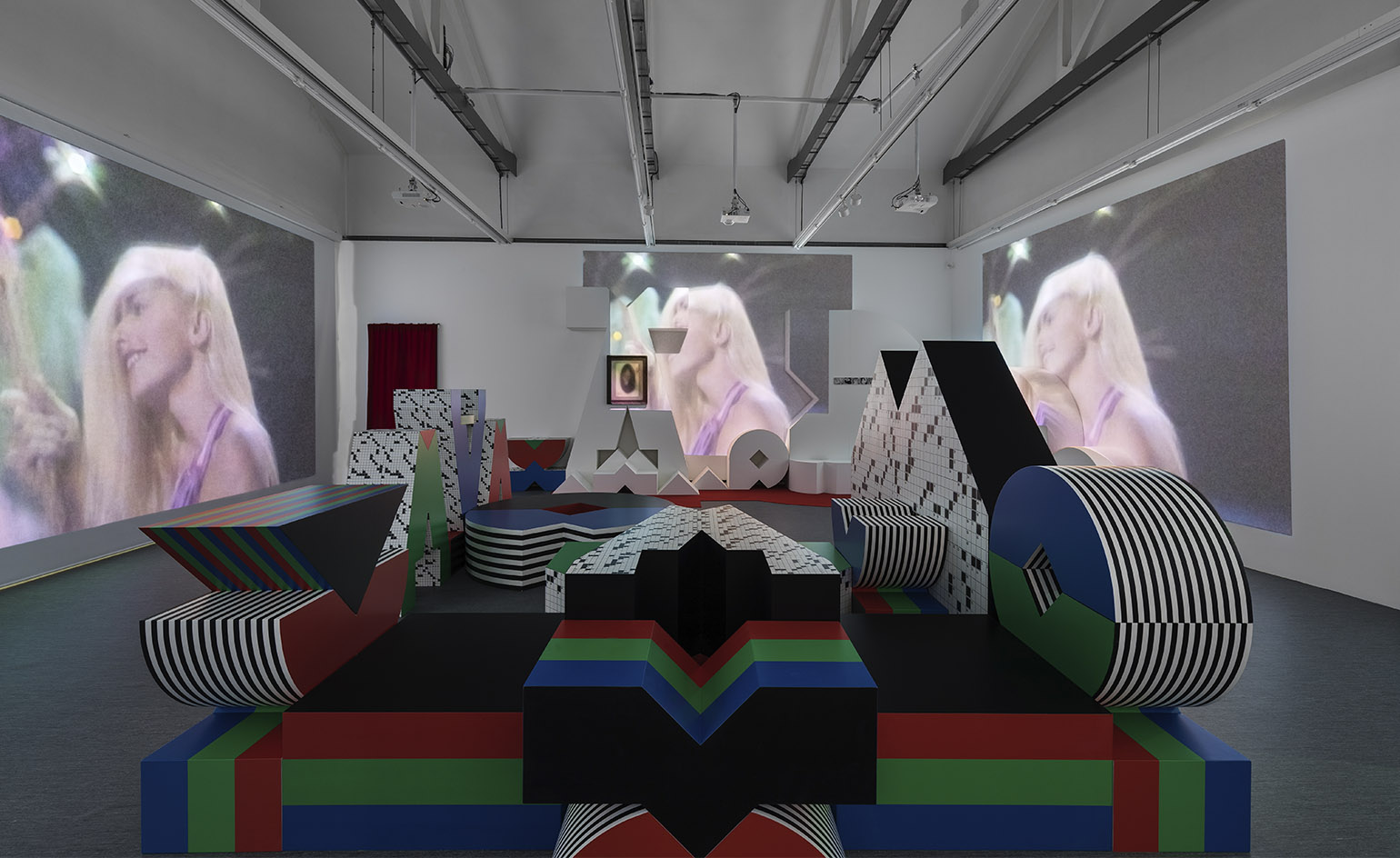
Francesco Vezzoli — the Italian artist known for his fascination with pop culture — is bringing back the 70s. Opening at the Fondazione Prada this week, Vezzoli’s exhibition delves deep into the archives of Italian broadcasting company Rai, dealing with television’s relationship with art, politics and entertainment.
In a fantastically psychedelic set (designed by M/M Paris, with whom Vezzoli has collaborated throughout the show) that recreates the vibe of a TV studio, Vezzoli’s consistent focus is women’s role on the small screen, and the way television served both the emancipation and exploitation of Italian women. The 1970s brought the TV diva: the ultimate Italian sex idol. Vezzoli explores this irresistible but problematic allure through the female hosts of TV shows such as Stryx and C’era Due Volte, alongside works by women artists of the same era, that disrupt this image, including Lisetta Carmi’s groundbreaking series, I Trasvestiti, which comprises intimate shots of transvestites taken in Genova, still radical even in the sexual context of Italy today.
The danger and pleasure in voyeurism is cleverly explored by other Italian women artists elsewhere. Giosetta Fioroni’s peep show, La Spia Ottica, is reconfigured from its 1968 iteration. Visitors can peer into a bedroom set where a female performer goes about her routine inside (the performance will be continuous throughout the exhibition’s run).
This flows neatly into a more direct confrontation of gender issues in the 1970s. A sumptuous reconstruction of a 70s nightclub — plush red velvet curtains, carpet, and furnishings — is the setting for large-scale projections of feminist footage from Rai’s newsreels. The TV announcements of referendums that resulted in the legalisation of divorce and abortion, in 70 and 78 respectively, are particularly poignant in the history of the Catholic country. Sicofoil works by feminist artist Carla Accardi are also presented as part of the set-up, uniting art and action.
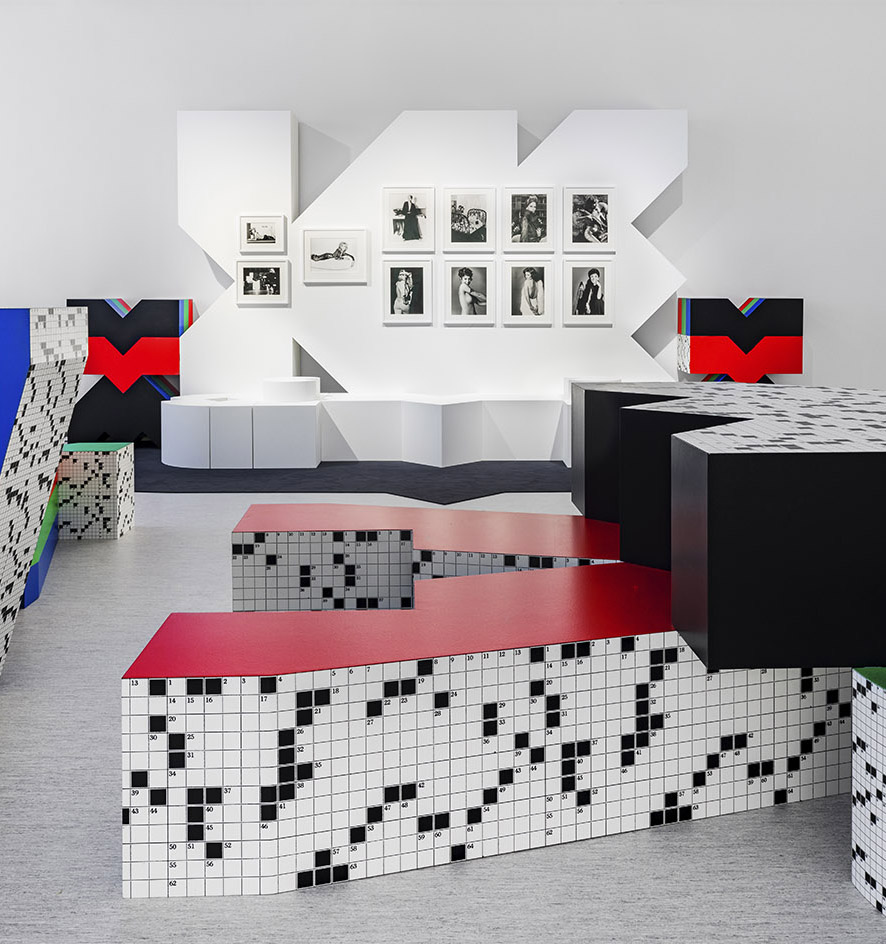
The show explores three stages of 70s TV production: ‘Art and Television’, ‘Politics and Television’, ‘Entertainment and Television’. Courtesy of Fondazione Prada
It’s a fight that perhaps many young Italians have forgotten now. The urgency continues upstairs in the most dense, difficult part of the exhibition, with video materials of news from Italy’s Anni di Piombo (Years of Lead) a time of heightened political tension. Does mass media communicate information or incite fear? The question seems to hang in the darkness of this more sombre section of the exhibition.
From fun and factual to cerebral and political, each space in this ambitious show has its own distinct atmosphere, and walking around it is like a flicking through channels. ‘I wanted to set a path that was risky and dense — one as difficult as the subject requires — but also entertaining and surreal,’ Vezzoli says.
It certainly is dense. It might take the average visitor a few trips to view all the materials here, but Vezzoli has handled the archives attentively, with a healthy dose of nostalgia and fondness for the lost traditions of TV. His personal paean comes in a new video work, screened in the foundation’s cinema, an edit of footage that influenced him through his childhood, (spent watching TV with his grandmother, to the dismay of his intellectual parents).
As well as reflecting on the way television documented and contributed to social change, shifts in Italian identity, art, design and culture, Vezzoli wants to inspire with possibilities of television as both a medium and media now. ‘Viewed with a contemporary eye, Italian television in the 1970s clearly demonstrates its anarchic, revolutionary character.’ It is this spirit that Vezzoli hopes to revive. Until that happens, the Fondazione Prada are running all-nighter marathons of the TV programmes that defined of the 1970s, from avant-garde series to variety shows and documentaries.
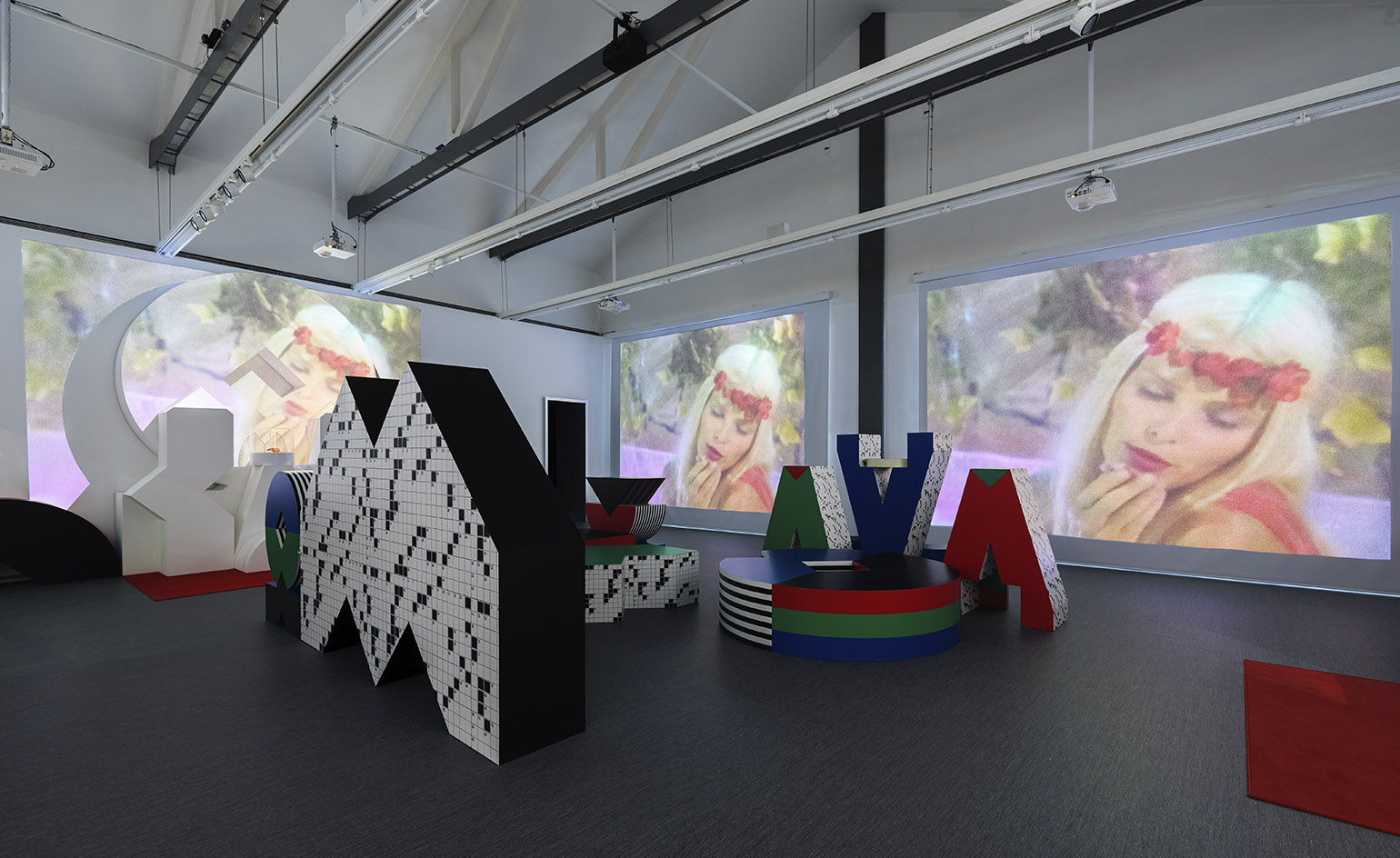
Italian TV is interpreted by Vezzoli as a driving force for change in the country
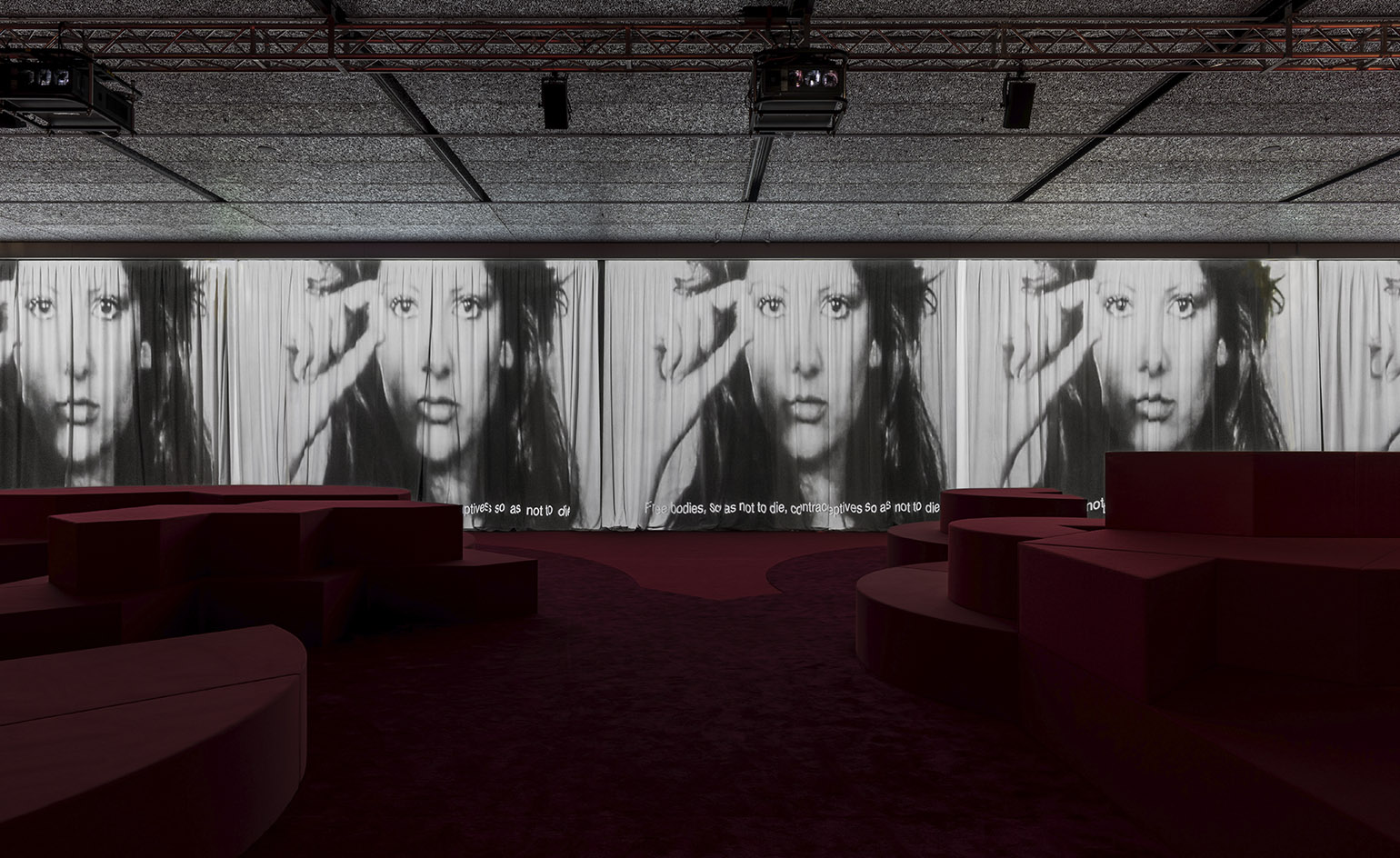
Vezzoli’s consistent focus is women’s role on the small screen
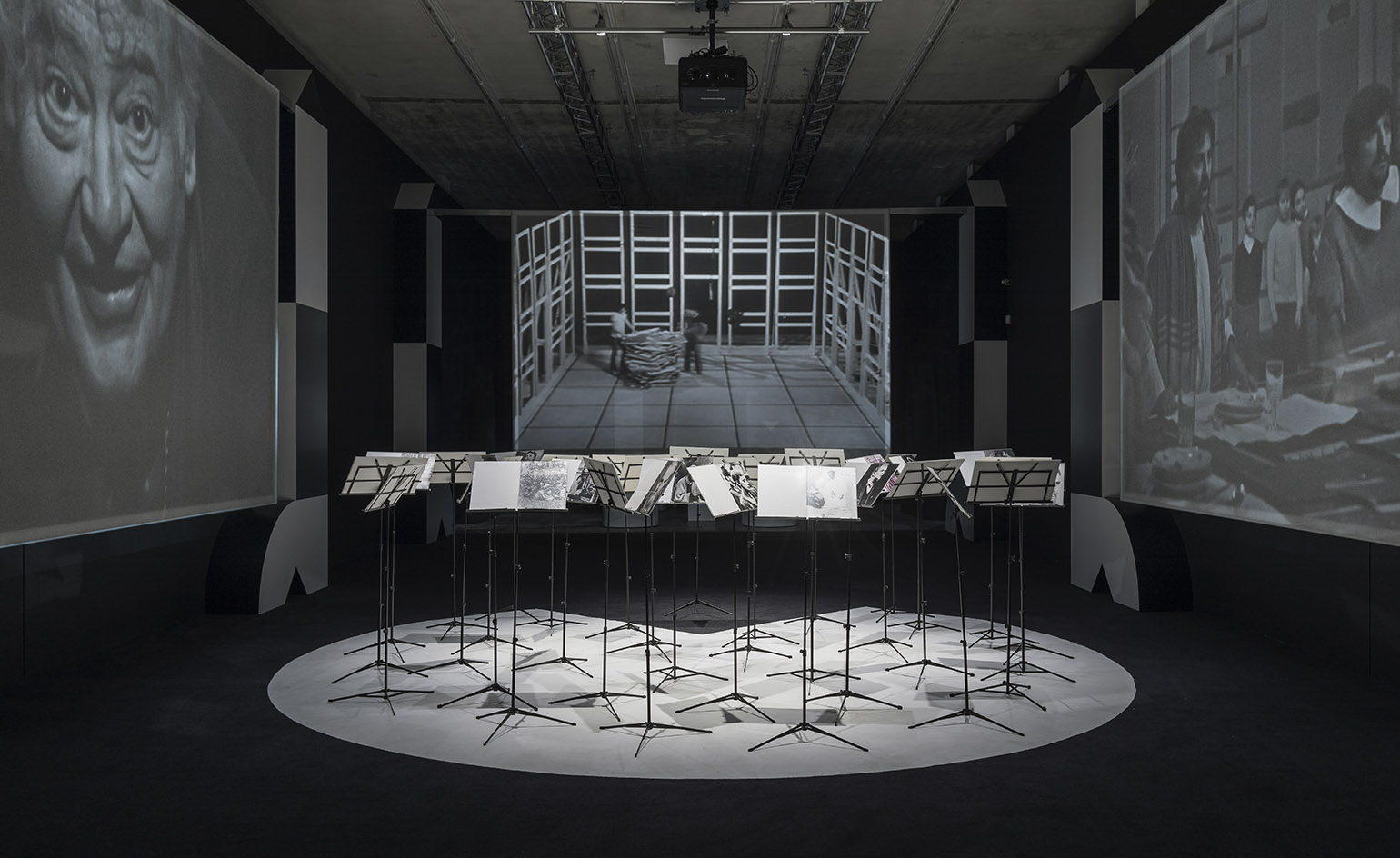
Apoteosi di Omero, by Giulio Paolini, 1970–71
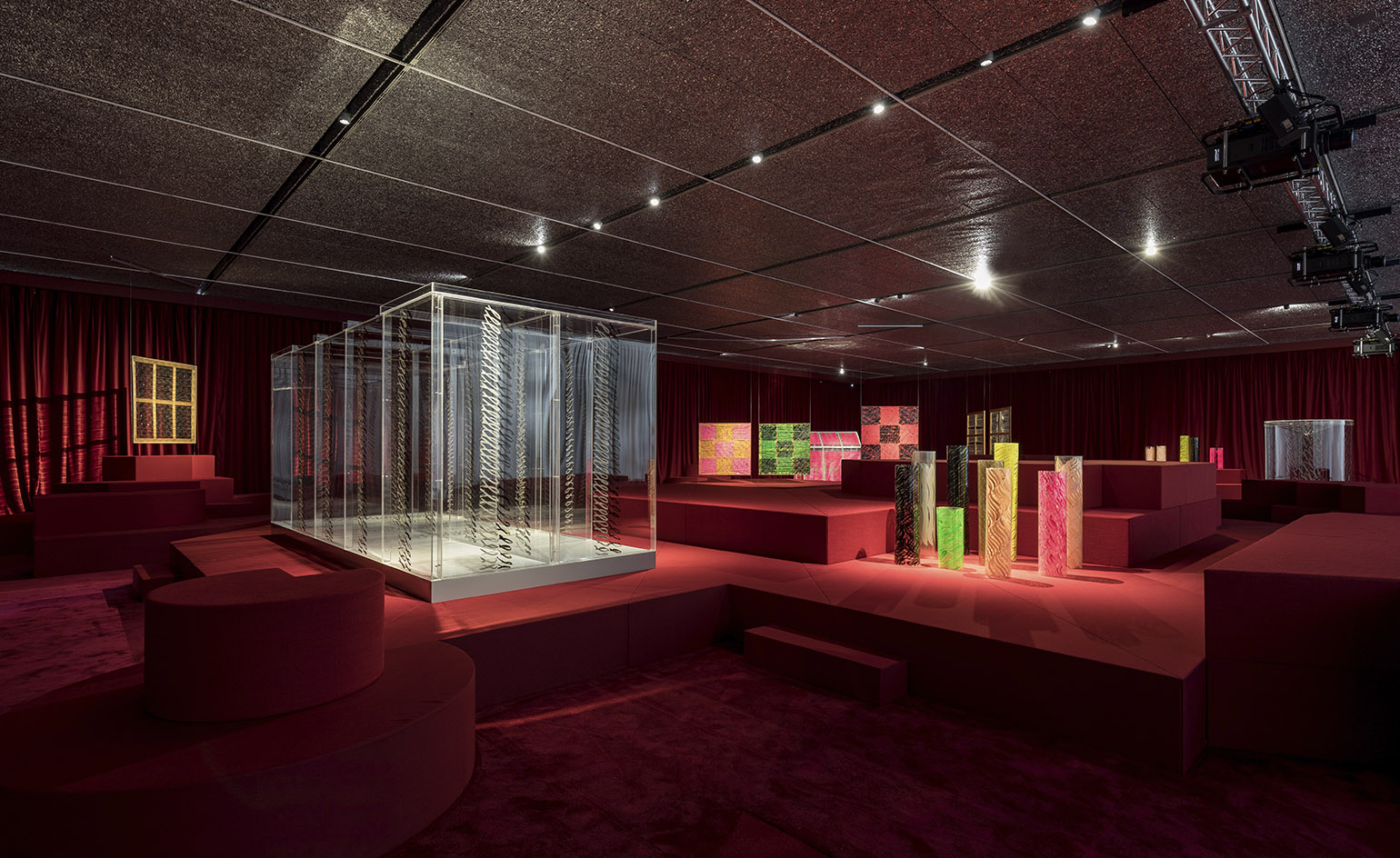
The design of the show, realised by M/M Paris, combines traditional museum standards with the screening of moving images
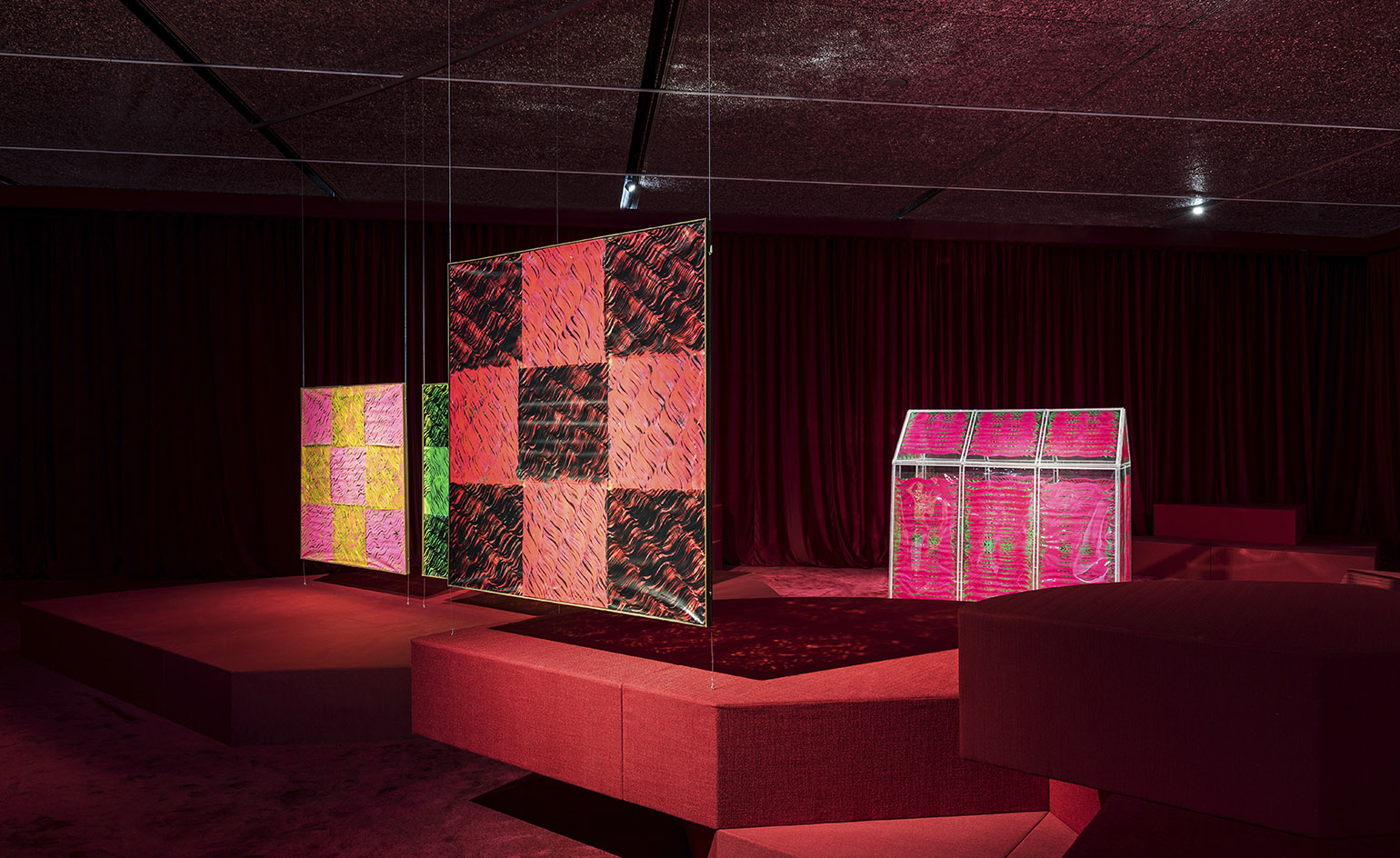
Installation view of ‘TV70: Francesco Vezzoli guarda la Rai’ at Fondazione Prada
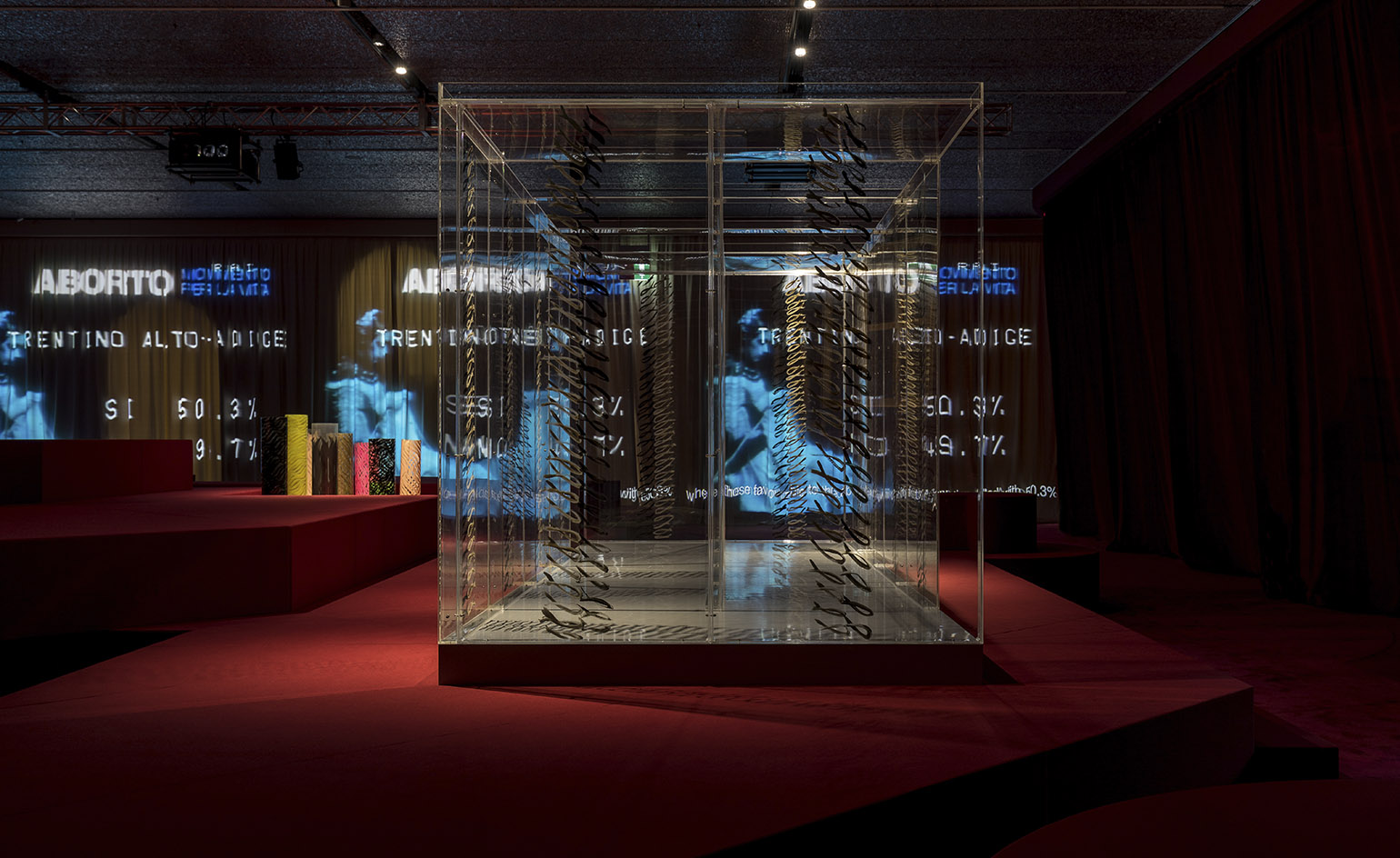
Casa Labirinto, by Carla Accardi, 1999 – 2000
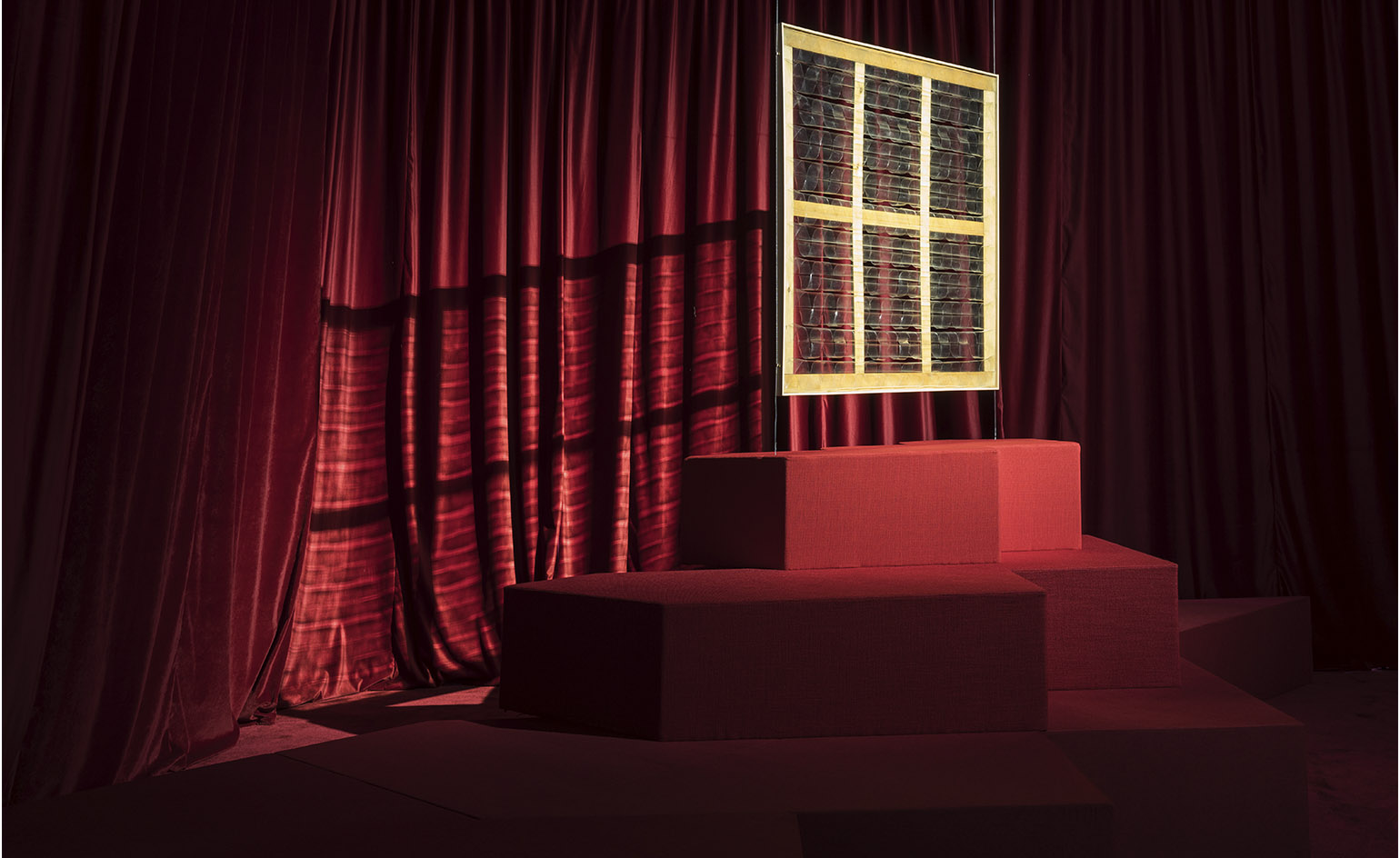
Grande trasparente, by Carla Accardi, 1975
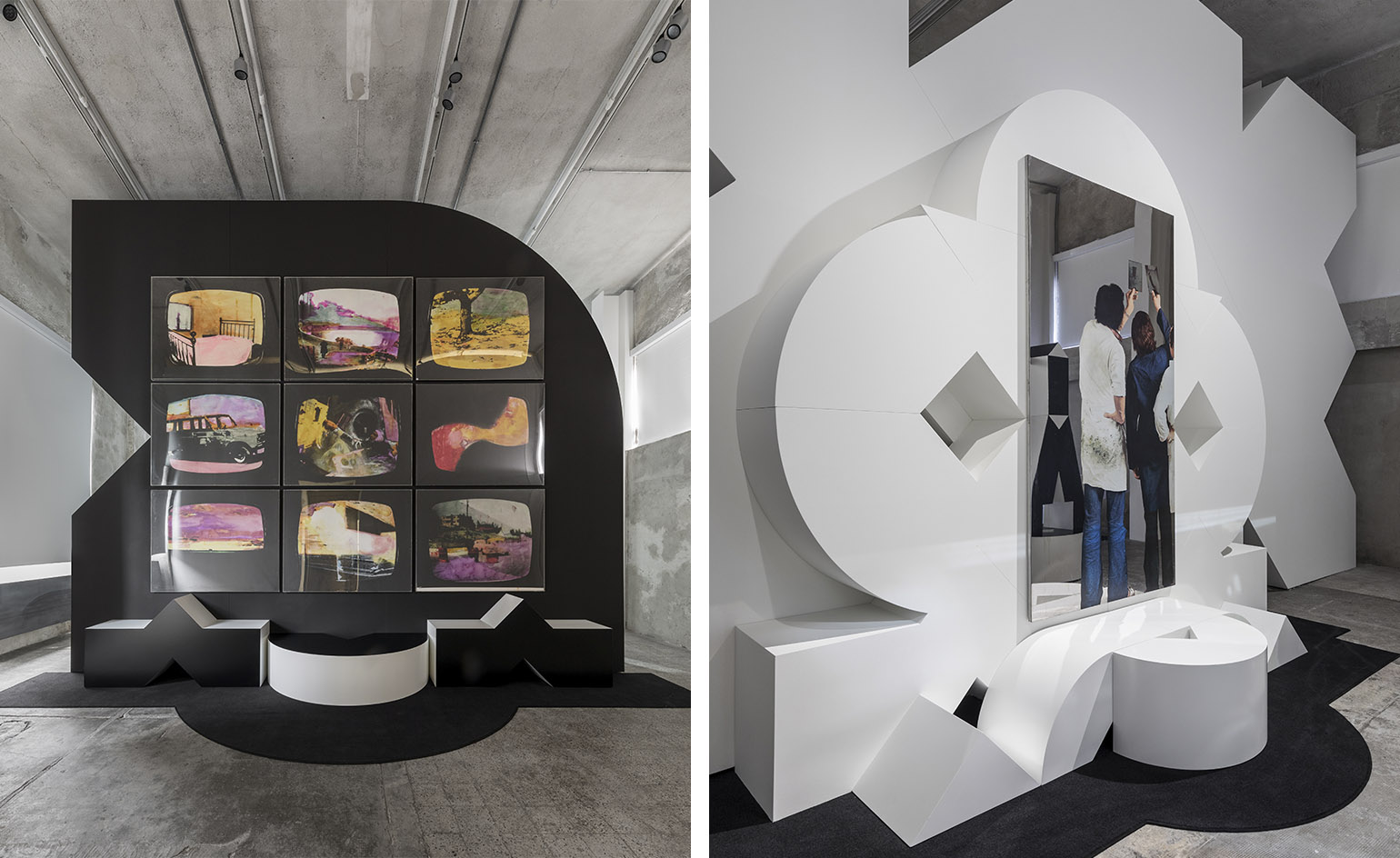
Left, Paesaggio TV, by Mario Schifano, 1970. Right, Serigrafo bianco, by Michaelangelo Pistoletto, 1963-77
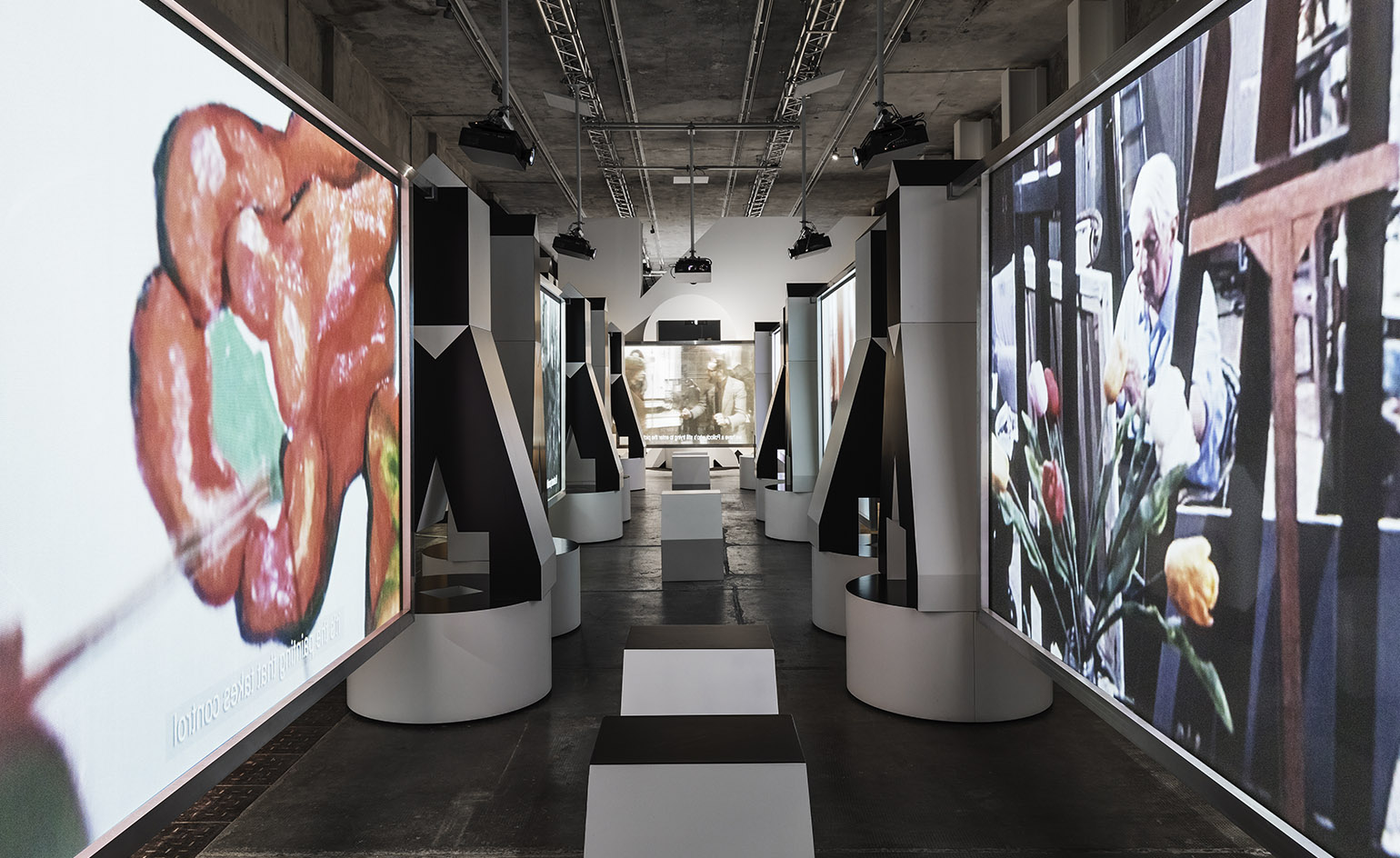
Installation view of ‘TV70: Francesco Vezzoli guarda la Rai’ at Fondazione Prada
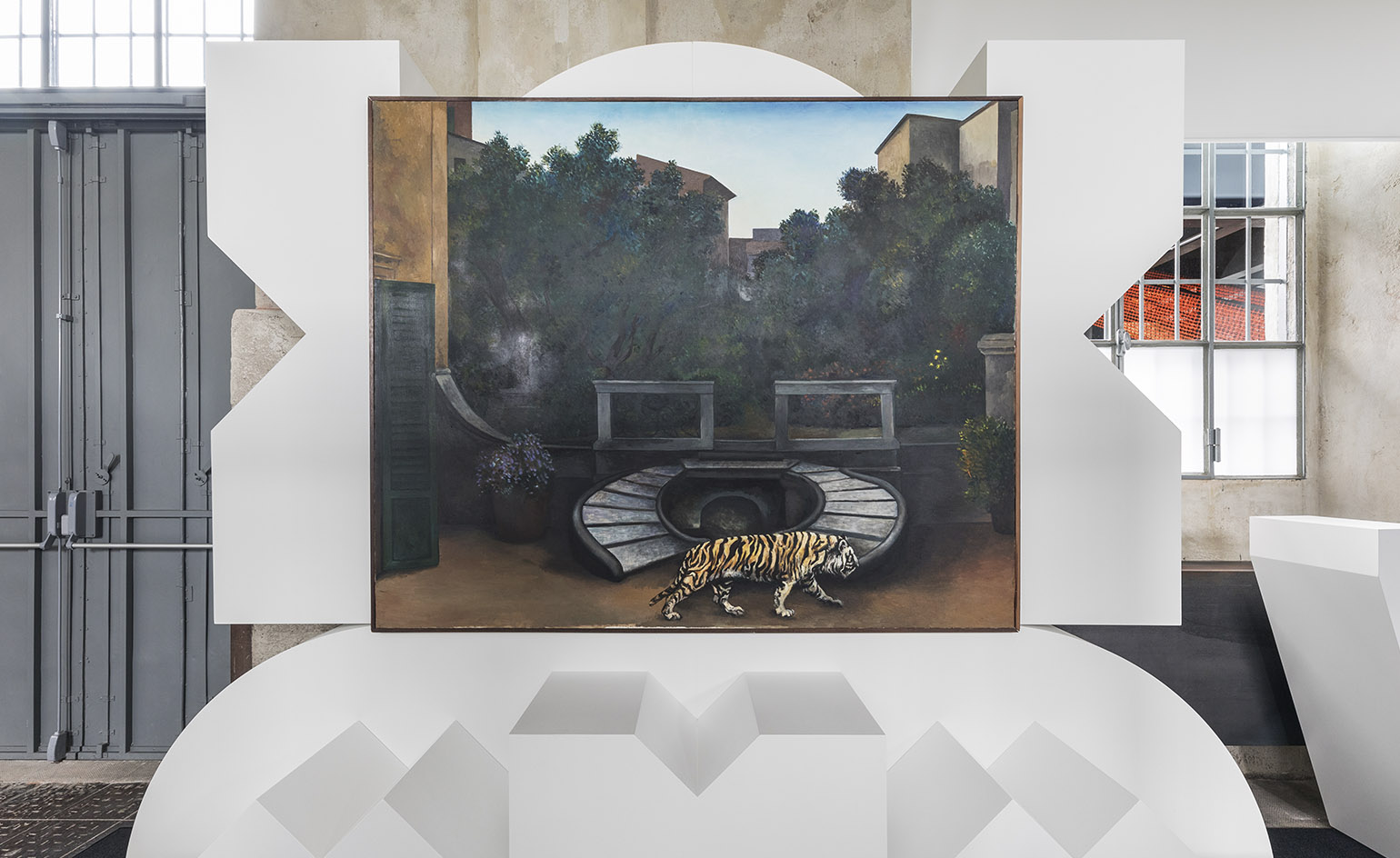
La visita della sera, by Renato Guttuso, 1980
INFORMATION
‘TV70: Francesco Vezzoli guarda la Rai’ is on view until 24 September. For more information, visit the Fondazione Prada website
ADDRESS
Fondazione Prada
Largo Isarco 2
20139 Milan
Receive our daily digest of inspiration, escapism and design stories from around the world direct to your inbox.
Charlotte Jansen is a journalist and the author of two books on photography, Girl on Girl (2017) and Photography Now (2021). She is commissioning editor at Elephant magazine and has written on contemporary art and culture for The Guardian, the Financial Times, ELLE, the British Journal of Photography, Frieze and Artsy. Jansen is also presenter of Dior Talks podcast series, The Female Gaze.
-
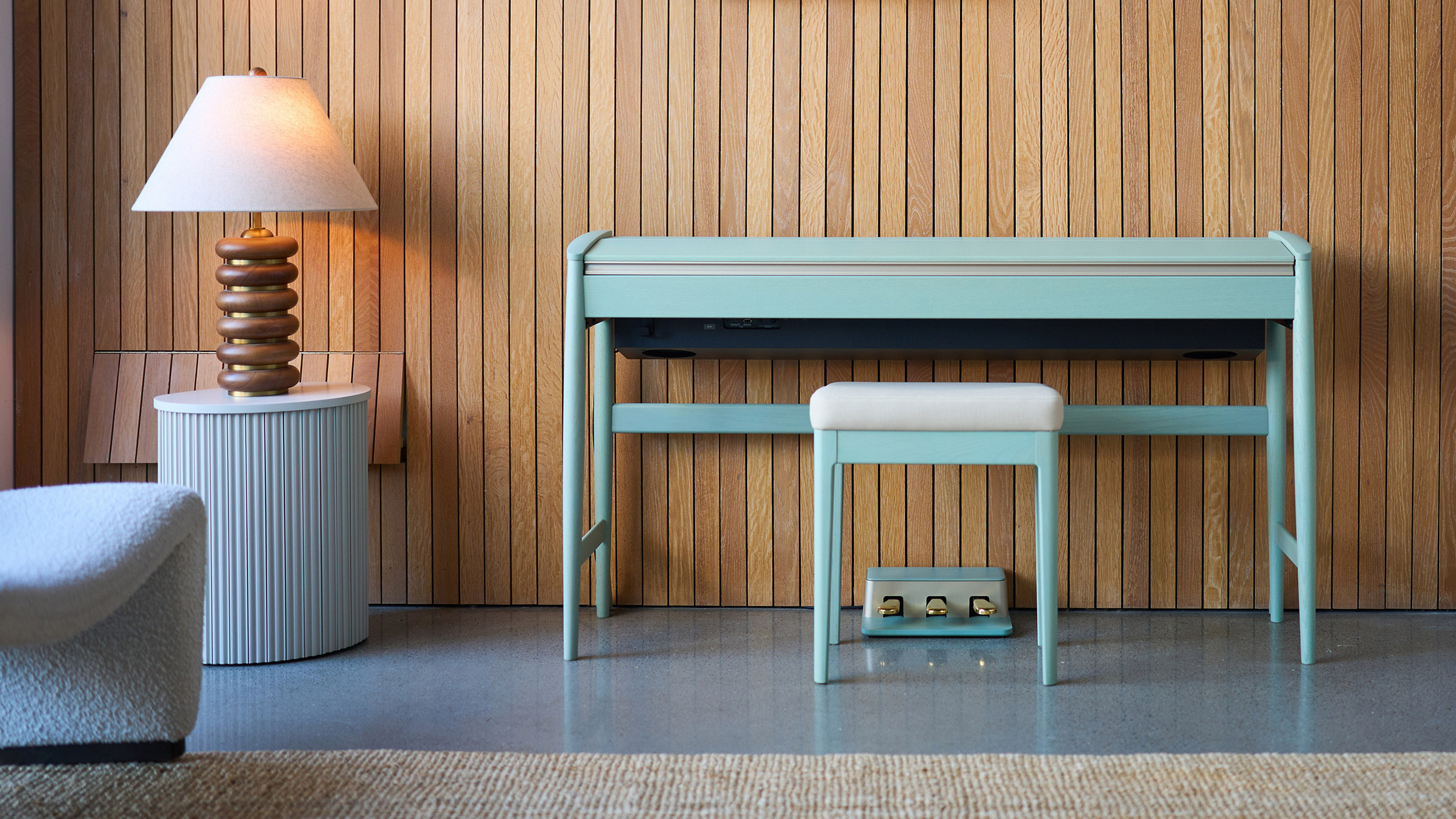 Roland and Karimoku expand their range of handcrafted Kiyola digital pianos
Roland and Karimoku expand their range of handcrafted Kiyola digital pianosThe new Roland KF-20 and KF-25 are the latest exquisitely crafted digital pianos from Roland, fusing traditional furniture-making methods with high-tech sound
-
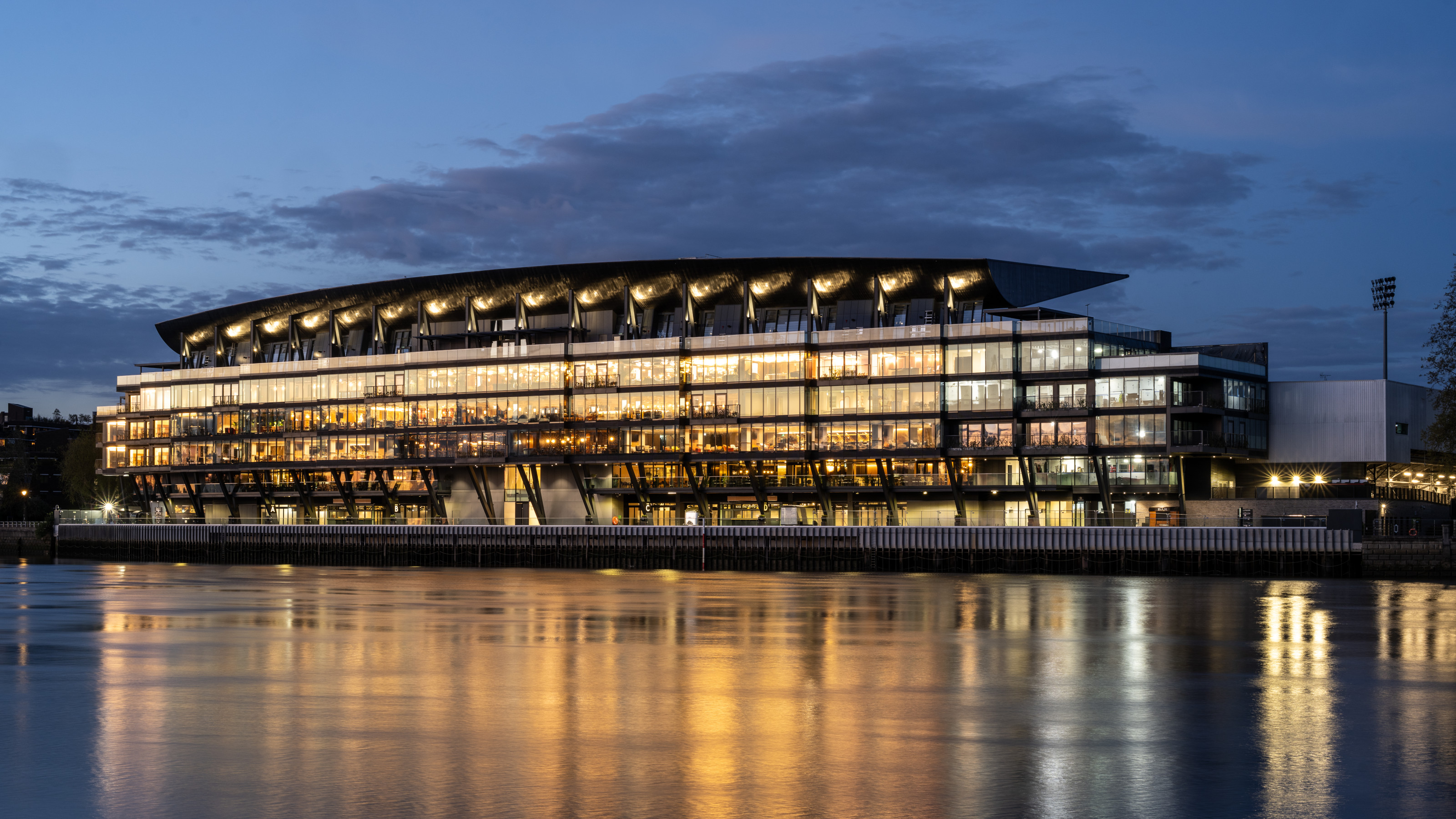 Fulham FC’s new Riverside Stand by Populous reshapes the match-day experience and beyond
Fulham FC’s new Riverside Stand by Populous reshapes the match-day experience and beyondPopulous has transformed Fulham FC’s image with a glamorous new stand, part of its mission to create the next generation of entertainment architecture, from London to Rome and Riyadh
-
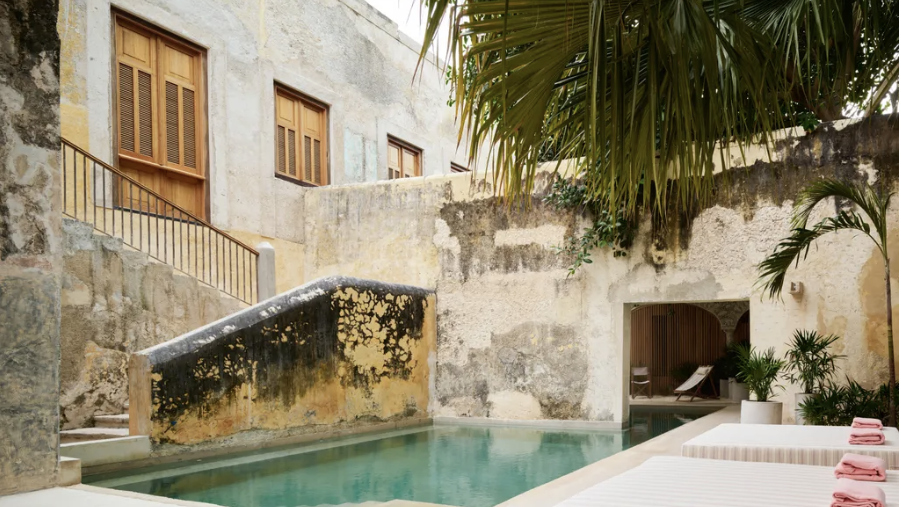 A contemporary Mexican hotel emerges from a 16th-century ruin in Mérida
A contemporary Mexican hotel emerges from a 16th-century ruin in MéridaA renovation project by Zeller & Moye, Mérida’s new Hotel Sevilla wears its architectural interventions lightly, mixing new brutalist elements into listed interiors and a palm-filled courtyard
-
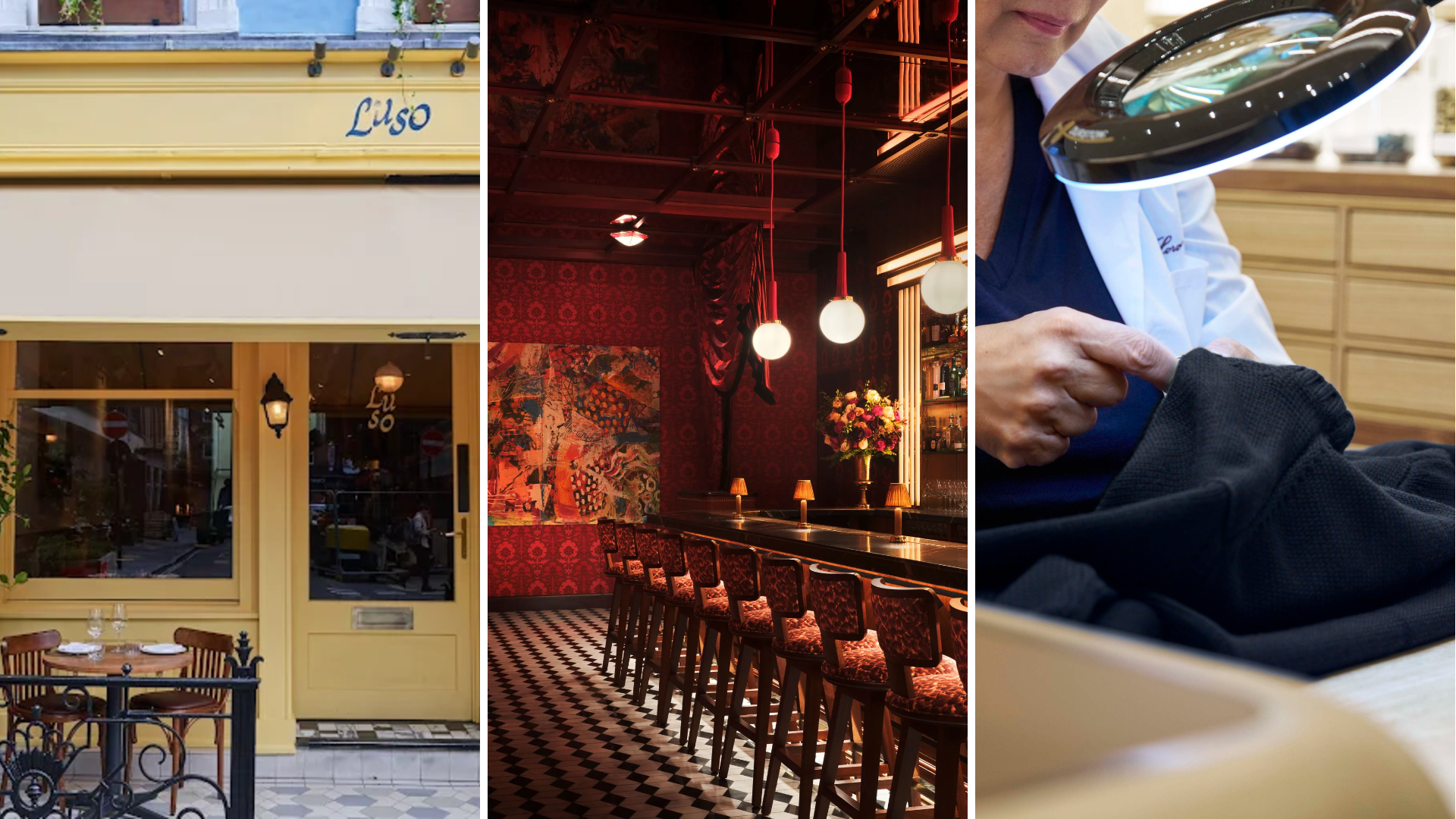 Out of office: The Wallpaper* editors’ picks of the week
Out of office: The Wallpaper* editors’ picks of the week'Tis the season for eating and drinking, and the Wallpaper* team embraced it wholeheartedly this week. Elsewhere: the best spot in Milan for clothing repairs and outdoor swimming in December
-
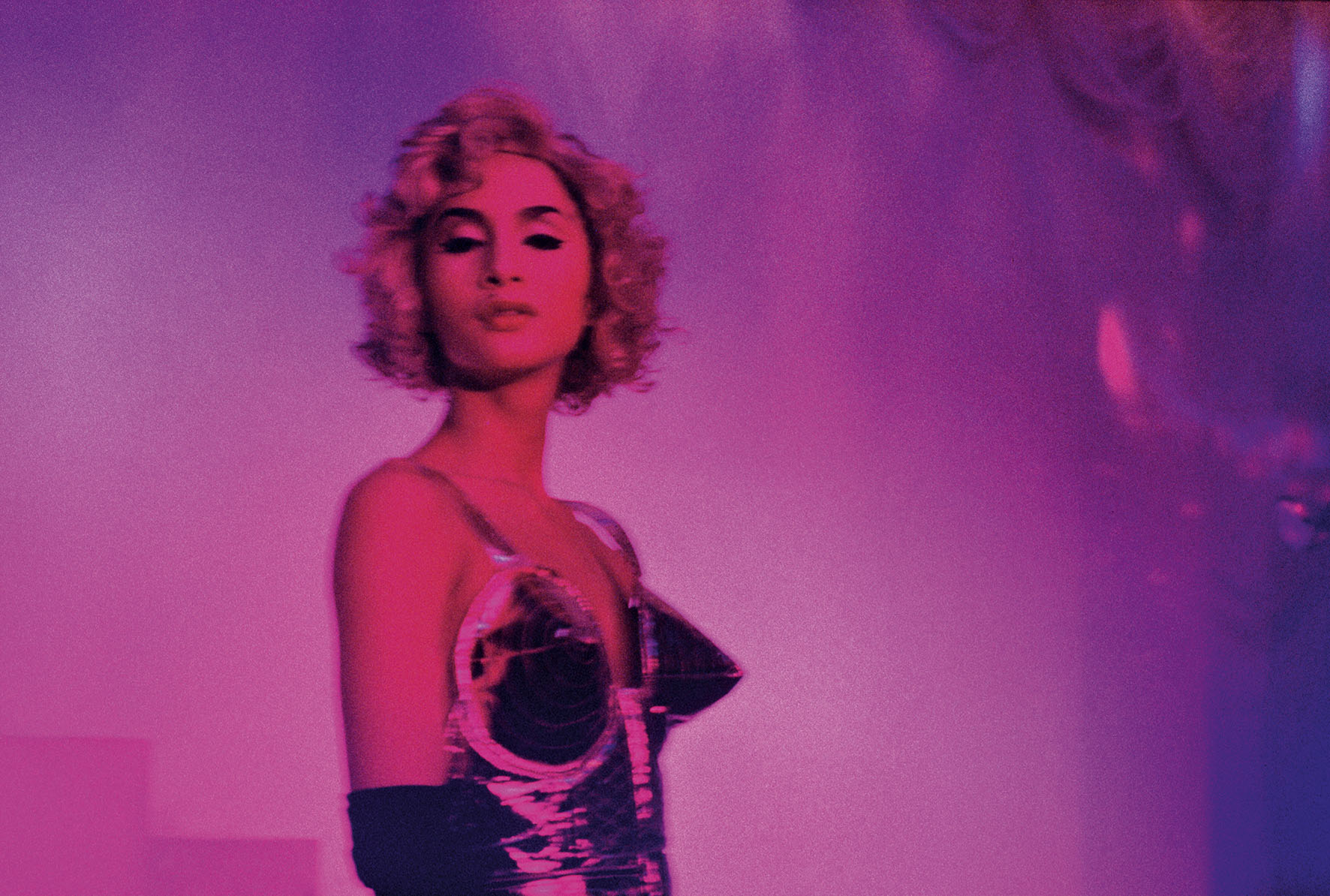 The most comprehensive showing of Nan Goldin’s photographs and films is intense and emotional
The most comprehensive showing of Nan Goldin’s photographs and films is intense and emotionalNan Goldin's moving-image work makes a heavy impact in ‘This Will Not End Well’ at Milan’s Pirelli HangarBicocca
-
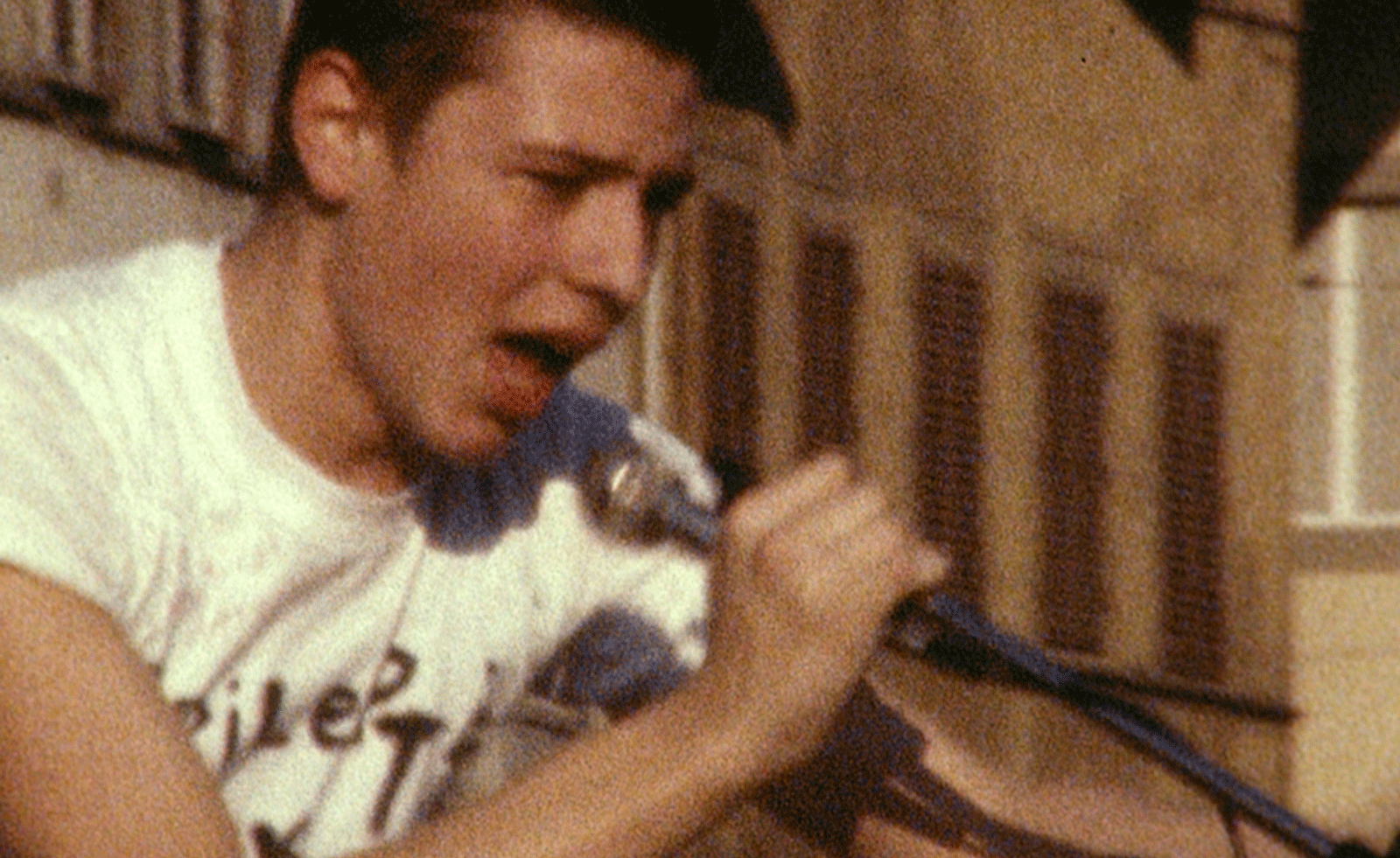 A forgotten history of Italian artists affected by the HIV-AIDS crisis goes on show in Tuscany
A forgotten history of Italian artists affected by the HIV-AIDS crisis goes on show in Tuscany‘Vivono: Art and Feelings, HIV-AIDS in Italy. 1982-1996’, at Centro per l'Arte Contemporanea Luigi Pecci in Prato delves into the conversation around the crisis
-
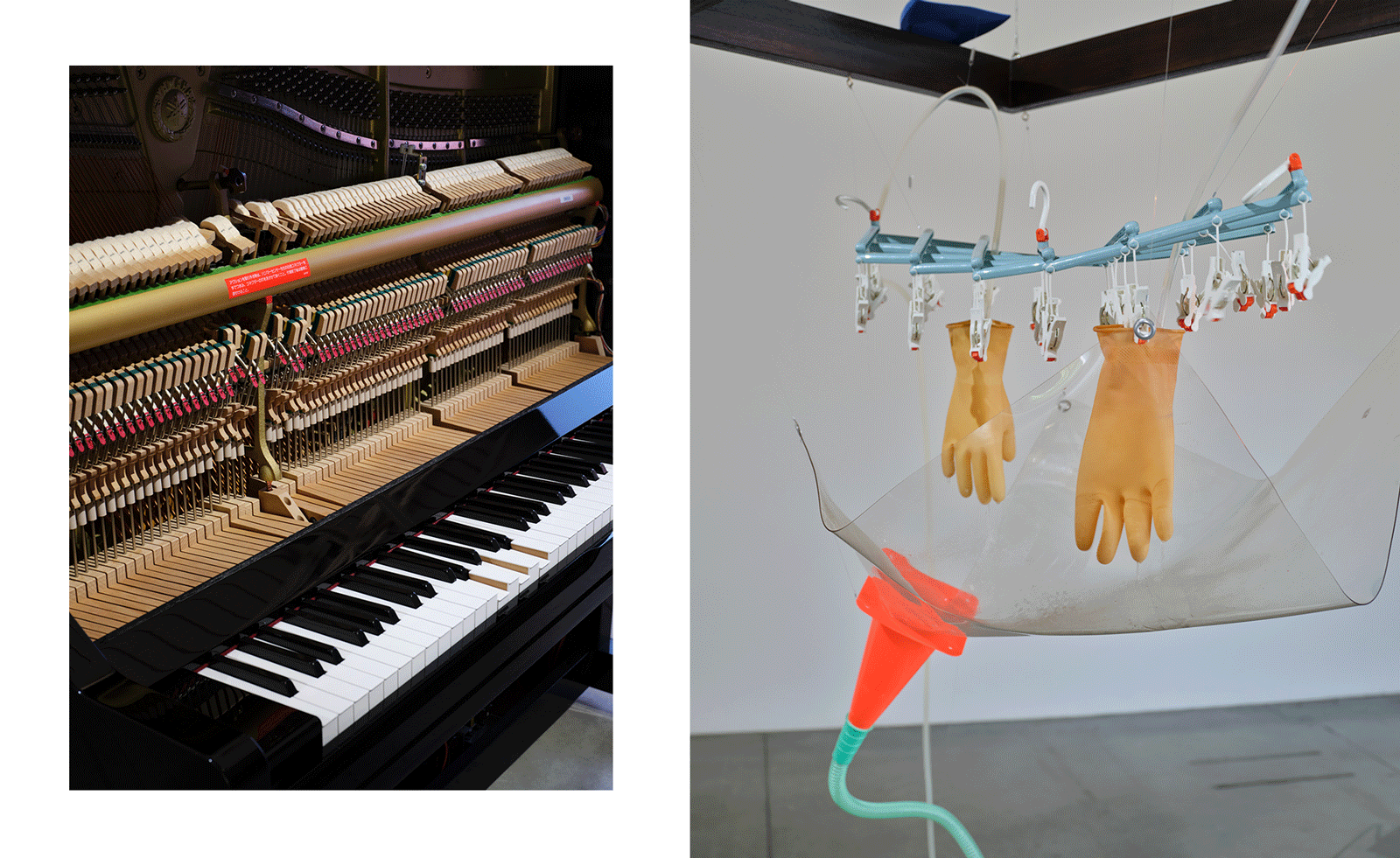 Yuko Mohri’s living installations play on Marcel Duchamp’s surrealism
Yuko Mohri’s living installations play on Marcel Duchamp’s surrealismThe artist’s seven new works on show at Milan’s Pirelli HangarBicocca explore the real and imaginary connections that run through society
-
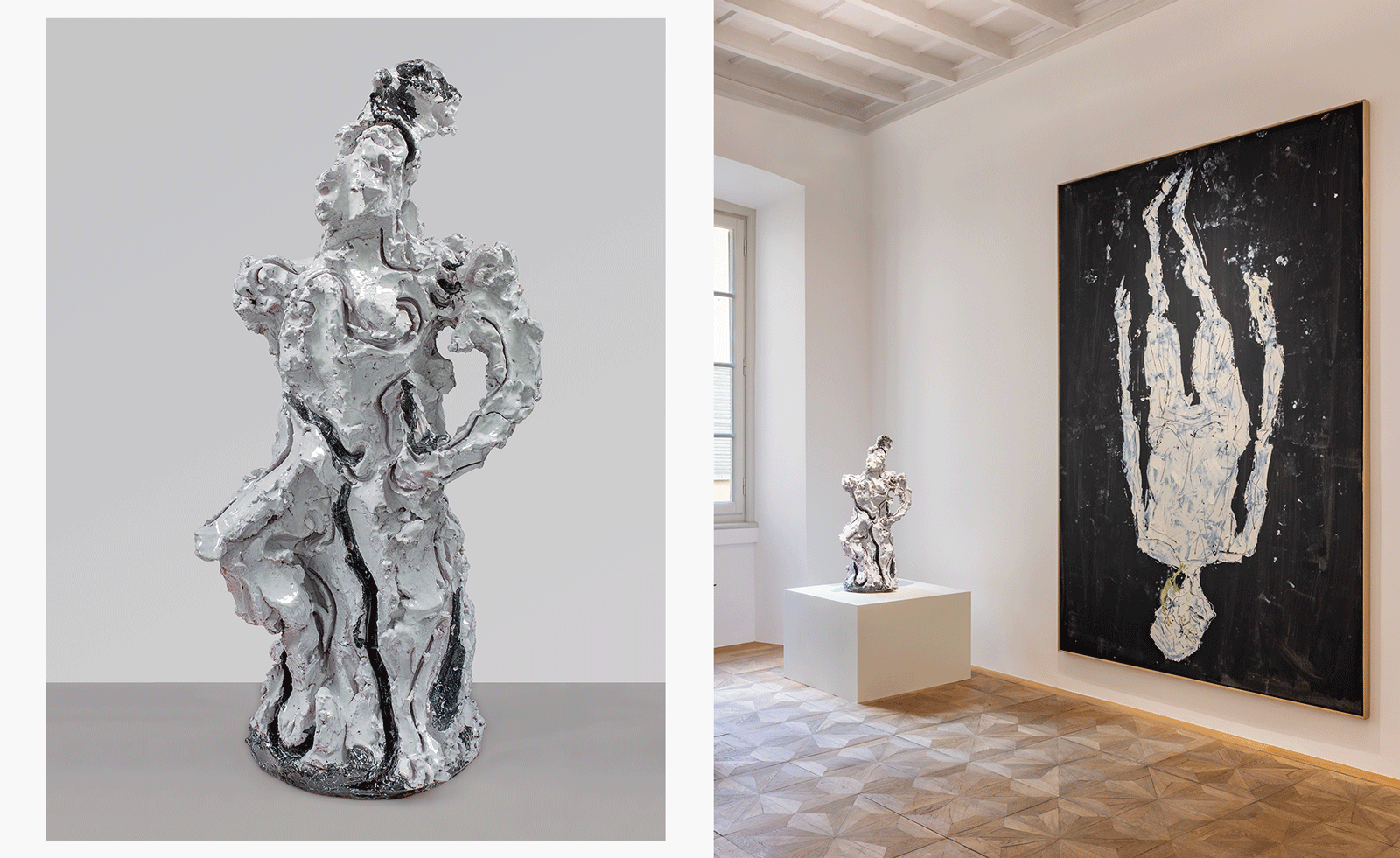 What to expect from Thaddaeus Ropac’s new Milan gallery
What to expect from Thaddaeus Ropac’s new Milan galleryA stalwart among European galleries, Thaddaeus Ropac has chosen an 18th-century palazzo for its first venture into Milan
-
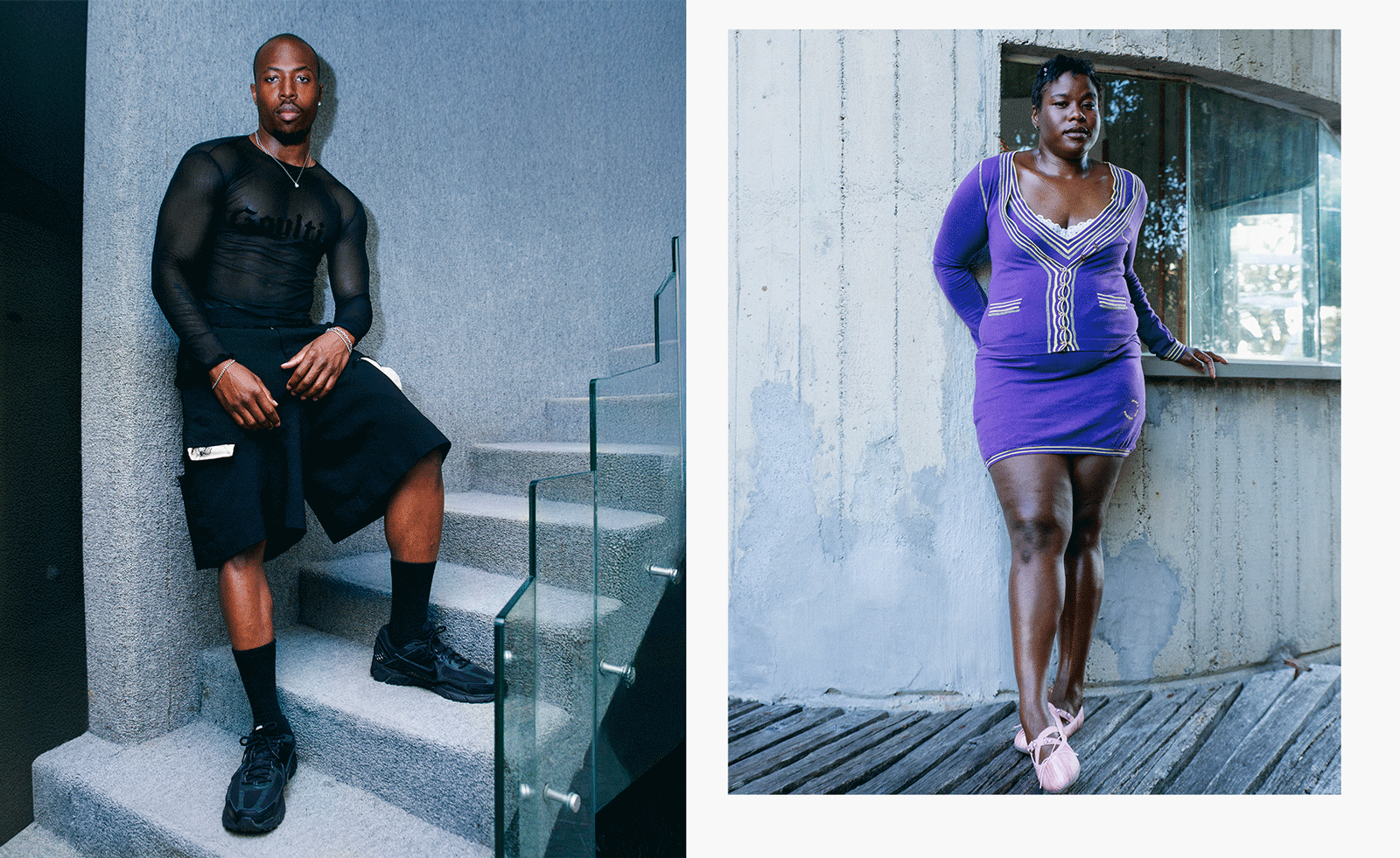 Creativity and rest reign at this Tuscan residence for Black queer artists
Creativity and rest reign at this Tuscan residence for Black queer artistsMQBMBQ residency founder Jordan Anderson sparks creativity at his annual Tuscan artist residency. Wallpaper* meets him to hear about this year's focus.
-
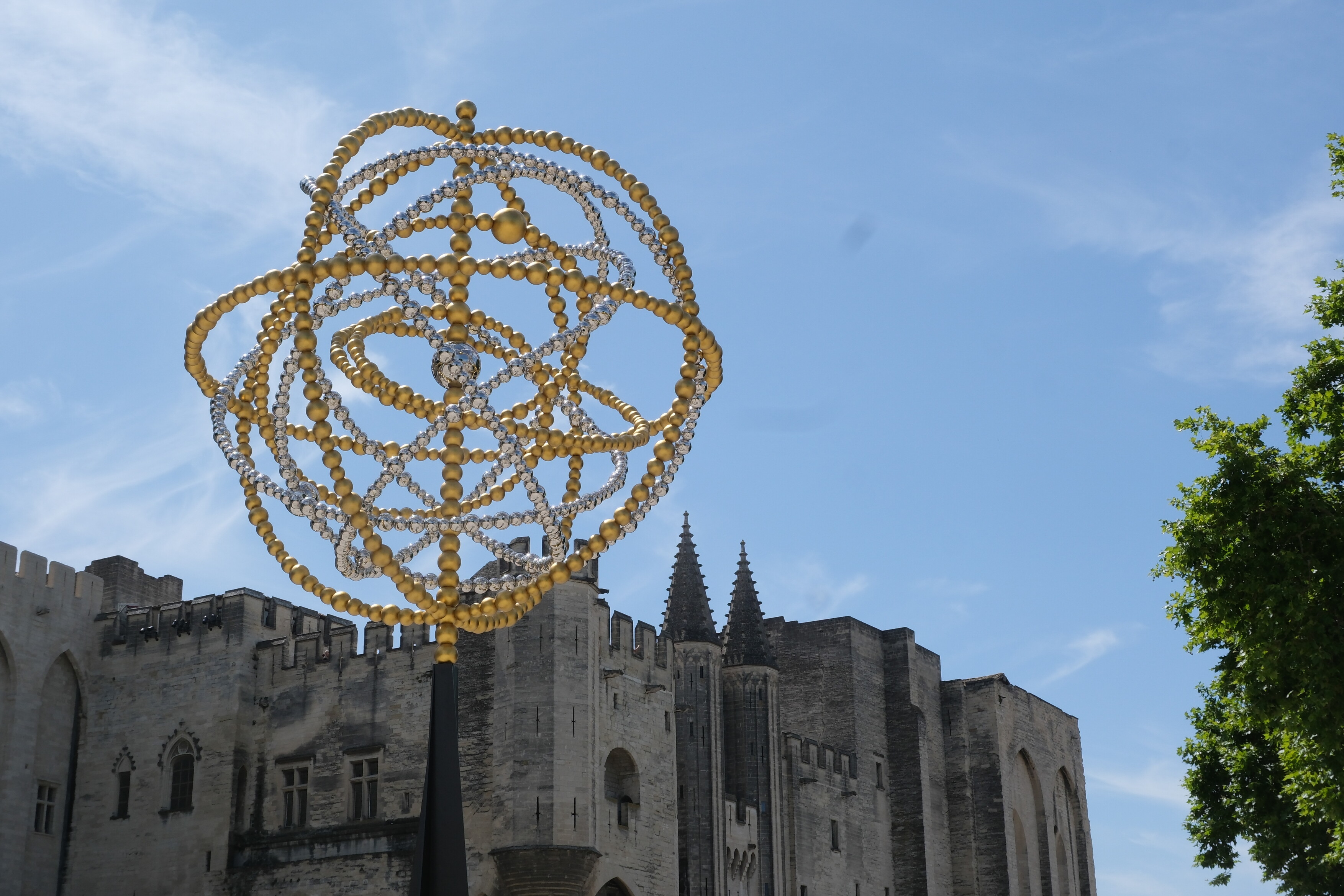 Jean-Michel Othoniel takes over Avignon for his biggest ever exhibition
Jean-Michel Othoniel takes over Avignon for his biggest ever exhibitionOriginally approached by Avignon to mark their 25th anniversary as the European Capital of Culture, Jean-Michel Othoniel more than rose to the challenge, installing 270 artworks around the city
-
 Joel Quayson’s winning work for Dior Beauty at Arles considers the theme ‘Face-to-Face’ – watch it here
Joel Quayson’s winning work for Dior Beauty at Arles considers the theme ‘Face-to-Face’ – watch it hereQuayson, who has won the 2025 Dior Photography and Visual Arts Award for Young Talents at Arles, imbues his winning work with a raw intimacy